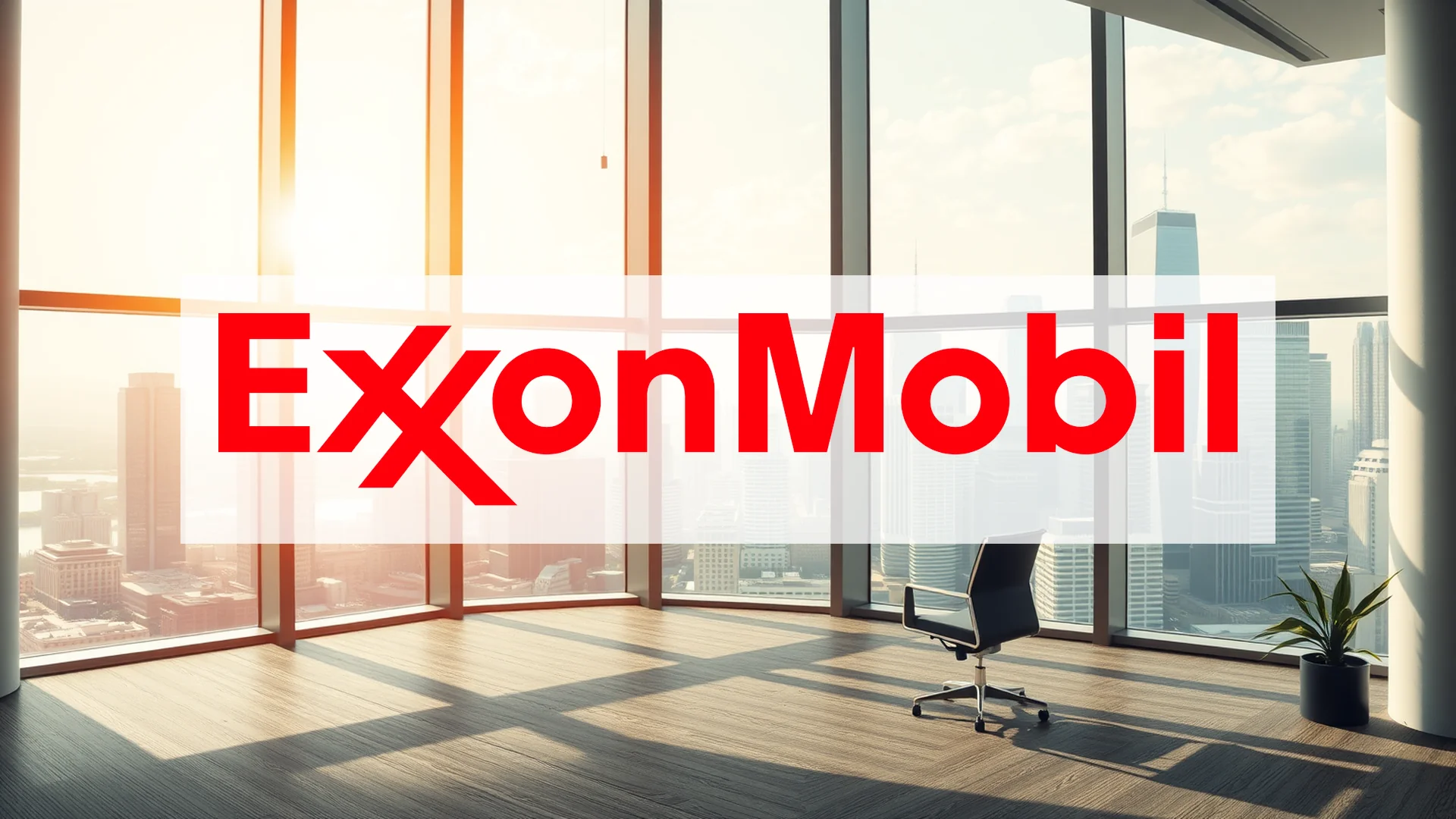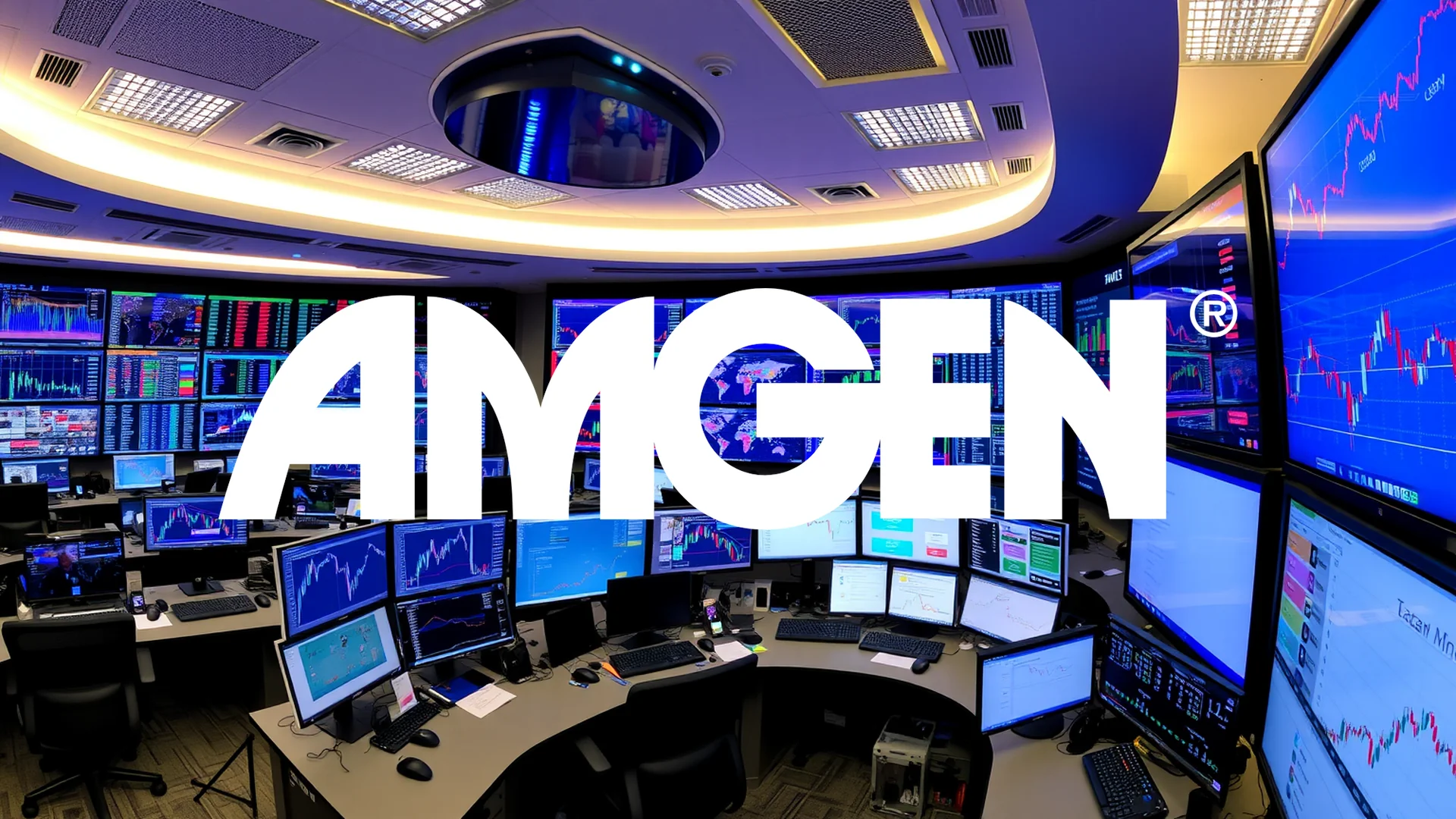Energy titan Exxon Mobil Corp. is pursuing an ambitious dual-track approach to navigate the global energy transition. The company is simultaneously reinforcing its conventional hydrocarbon operations while making aggressive strides into emerging energy technologies, potentially positioning itself for its most significant corporate evolution.
Securing the Future: A Major Battery Sector Move
In a decisive move into the electric vehicle supply chain, ExxonMobil acquired specialized technology and U.S. assets from battery materials expert Superior Graphite. The transaction, disclosed between September 8th and 11th, includes a manufacturing facility located in Kentucky alongside a dedicated research center. By 2029, the corporation intends to commence commercial-scale production of synthetic graphite at this site—a material essential for manufacturing lithium-ion battery anodes.
The strategic expansion continued with a significant technological announcement from Chief Executive Officer Darren Woods on September 12th. The company revealed it has engineered a novel carbon molecule with the potential to extend EV battery lifespan by as much as 30%. This development, described as a potential breakthrough, is already undergoing testing phases with multiple automotive manufacturers.
Fortifying the Core Business
While advancing its new energy initiatives, ExxonMobil continues to solidify its established revenue streams. A partnership agreement signed on September 10th will see the company’s lubricants products enter Pakistan’s mining sector. Of greater financial significance, the firm is anticipating the finalization of long-term liquefied natural gas (LNG) supply contracts with the European Union. This aligns with the EU’s objective to source $750 billion worth of American energy exports by the year 2028.
Should investors sell immediately? Or is it worth buying Exxon Mobil?
A Cohesive Transition Strategy
ExxonMobil’s overarching strategy demonstrates a deliberate effort to leverage its existing industrial infrastructure to access new growth markets. For instance, the planned graphite production operation is designed to utilize carbon-rich byproduct streams sourced from the company’s own refinery network.
Strong financial results provide the foundation for this transformation. Although the company experienced a 12.4% decline in revenue during the second quarter, it still outperformed expectations by reporting a substantial profit of $7.1 billion. ExxonMobil has allocated a $30 billion capital expenditure budget for low-carbon projects through 2030.
The critical question remains whether this traditional oil and gas behemoth can successfully reinvent itself as an innovation leader within the electric mobility sector. The answer is likely to shape the future trajectory of one of the world’s largest energy enterprises.
Ad
Exxon Mobil Stock: Buy or Sell?! New Exxon Mobil Analysis from December 18 delivers the answer:
The latest Exxon Mobil figures speak for themselves: Urgent action needed for Exxon Mobil investors. Is it worth buying or should you sell? Find out what to do now in the current free analysis from December 18.
Exxon Mobil: Buy or sell? Read more here...










